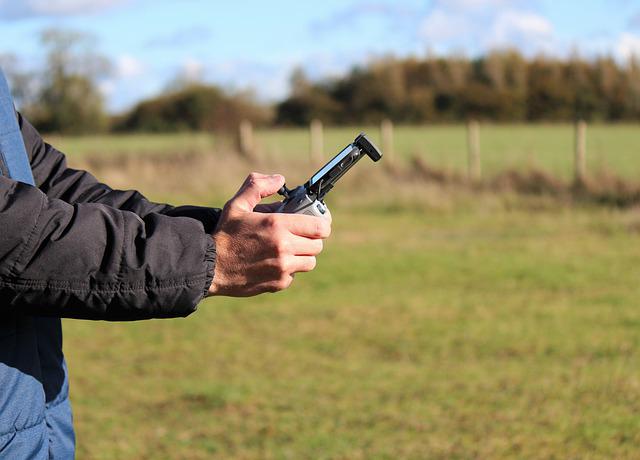Piloting a drone can be a complex process, but with proper knowledge, practice, and the right attitude, anyone can do it. In order to operate a drone safely and effectively, you must first understand the basics of how they work as well as how to control it. Drones are essentially unmanned aerial vehicles that use rotors to achieve flight and are operated by someone on the ground. Drones have uses in some various fields like oil and gas industry, agriculture, military and many more.
So how to be a professional drone operator? Read more as we’re going to tackle this topic in today’s article.
Familiarizing The Basic Controls

The basic controls of a drone include the throttle, yaw, roll, and pitch. The throttle is what controls the speed of the drone, while the yaw allows the vehicle to rotate on its vertical axis. The rolls move the drone from side to side, and the pitch determines how high or low the drone flies. In order to be a professional drone operator, it is important to understand how to control all of these functions.
In addition to understanding the basic controls, it is also important to know the different types of drones that are available. There are 2 main types of drones: quadcopters and fixed-wing drones. Quadcopters are the most popular type of done, as they are relatively easy to fly and offer a great deal of flexibility in terms of movement. While fixed-wing drones, on the other hand, are more difficult to fly and maneuver but can stay in the air for longer periods of time.
Rules To Keep In Mind
When it comes to flying a drone, there are a few basic rules that you should always follow. First, always make sure to keep your drone within sight. Second, be aware of your surroundings and avoid flying near people or animals. Third, never fly in bad weather conditions, as this can be dangerous.
Finally, make sure to obey all laws and regulations regarding drone operations in your area.
Getting Started
Becoming a professional drone pilot/operator takes time and practice. In order to operate a drone safely and efficiently, there are some basic skills that you need to know.
The first step is to learn how to fly your drone. There are many different ways to fly a drone, so it is important to find the method that works best for you. Many people start by flying their drone in a straight line, but you can also try flying in circles or figure eights. Once you are comfortable with the basic controls, you can begin to experiment with more advanced maneuvers.
The next step is to learn how to navigate your drone. This includes understanding how to read a map and using a GPS system. You will also need to know how to avoid obstacles and stay clear of restricted airspace.
Once you have mastered the basics of flying and navigation, you can begin to think about becoming a professional drone pilot. There are many different ways to make money with drones, so it is important to find the option that best suits your skills and interests. You can start by offering your services to local businesses or organizations. You can also find work as a freelance drone pilot, or you can even start your own drone-based business.
Practice Makes Perfect
Operating a long-range drone is a complex task that requires patience and practice. Pilots must be familiar with their aircraft and the conditions in which they will be flying. In order to operate a long-range drone safely and effectively, you should follow these tips:
1. Familiarize yourself with your aircraft. Read the manual and become familiar with the controls. Practice flying in a safe area before attempting to fly long distances.
2. Plan your flight path. Make sure you know where you are going and what conditions you will be flying in. Avoid flying in bad weather or overpopulated areas.
3. Stay within the line of sight. You should always be able to see your drone while it is in the air. If you lose sight of your drone, you will not be able to control it and it could crash.
4. Be aware of your surroundings. Pay attention to obstacles such as power lines or trees. Avoid flying near airports or other areas where aircraft are present.
5. Follow the rules and regulations. Make sure you are familiar with the rules for flying drones in your area. obey all posted signs and stay away from restricted areas.
Conclusion
No matter what path you choose, becoming a professional drone pilot takes time, practice, and patience. But with the right attitude and a willingness to learn, anyone can become a successful drone pilot.
